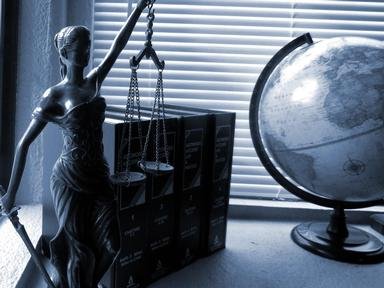Quiz Answer Key and Fun Facts
1. In which year were the Supreme Courts of USA and India set up respectively?
2. The Judges of both the US and Indian Supreme Courts are appointed for life.
3. How many judges comprise the full strength of the Indian and American Supreme Courts respectively? (as of 2005, June)
4. The judges of the Supreme Court in both India and USA are appointed by the President.
5. The doctrine of judicial review was enunciated by the American Supreme Court in which landmark case?
6. In the landmark case of Municipality of Ratlam v. Vardhichand, in 1980, jurisdiction of the Supreme Court was enhanced by uncluding a certain kind of jurisdiction. What jurisdiction?
7. How many Supreme Court judges have been removed from office through an impeachment motion in India and the USA respectively
8. A huge controversy took place when the Executive of this country appointed a Chief Justice of the Supreme Court disregarding the seniority of three other Justices of the Court, prompting the latter to resign in protest.
9. Which American Supreme Court Justice has faced impeachment proceedings the most number of times?
10. Which Supreme Court Justice made this famous quote on the Supreme Court of the USA, "We are not final because we are infallible, but we are infallible only because we are final"
Source: Author
almaster
This quiz was reviewed by FunTrivia editor
Bruyere before going online.
Any errors found in FunTrivia content are routinely corrected through our feedback system.
